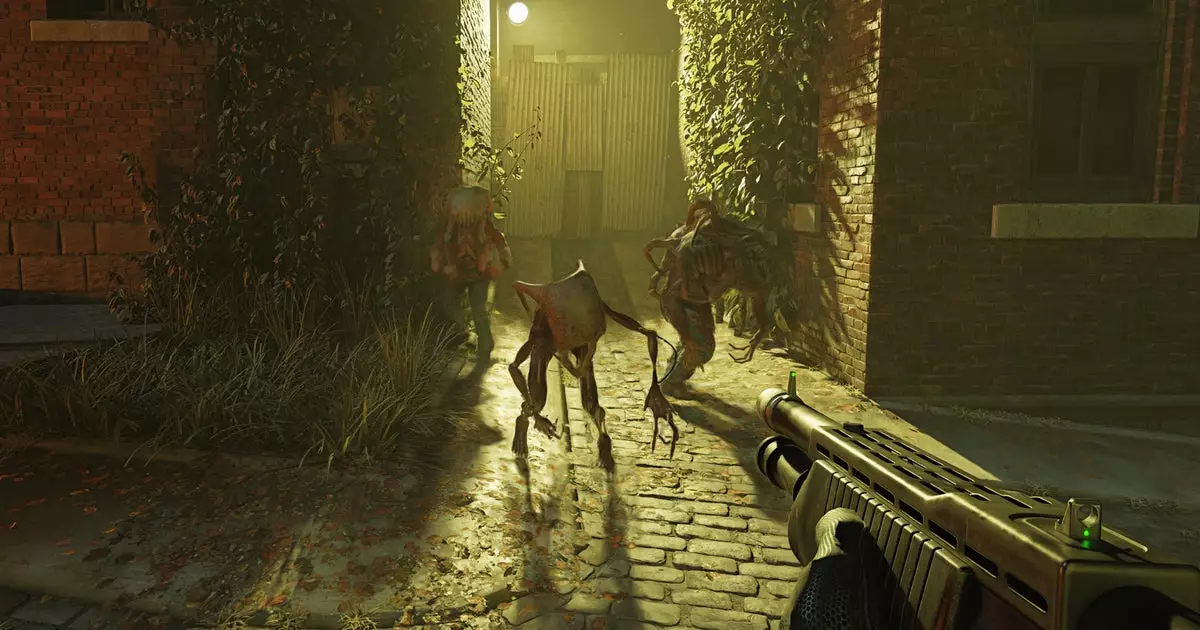The gaming community is abuzz with the recent announcement from Nvidia regarding the Half-Life 2 RTX mod, which is set to release a demo on March 18th. For many, this news sparked nostalgia and excitement, bringing back memories of the 2004 classic that reshaped gaming narratives and mechanics. Yet, beneath the excitement lies a wave of skepticism. After all, it feels like an eternity since Nvidia first teased this project back in 2023. The anticipation for a full release has waned as reality sets in—game development often takes much longer than initially projected.
A Closer Look at the Demo
What’s particularly fascinating about the impending demo is that it will focus on two notable levels: Ravenholm and Nova Prospekt. These environments are iconic, rich in atmosphere and gameplay mechanics that defined a generation of first-person shooters. Nvidia’s promotional content claims that “every aspect of each level has been upgraded.” However, this raises an important question: how much enhancement is truly necessary when the original game holds up remarkably well? For many players, the fundamental charm and impact of Half-Life 2 reside in its simplicity and raw power coupled with a gripping narrative.
The introduction of real-time ray tracing denotes a significant leap in visual fidelity, but as presented in Nvidia’s media, the results are a mixed bag. The comparison images provided in their blog post—showcasing the stark differences between the original and RTX-enhanced visuals—often reveal a sense of fogginess that some may argue detracts from the original’s aesthetic. After all, will a modern graphical overhaul genuinely elevate a classic experience, or merely veil what made it special?
Gamer Accessibility and Expectations
One of the more troublesome aspects of the announcement is Nvidia’s recommendation for a GeForce RTX 50 Series graphics card to fully experience the mod’s capabilities. This inadvertently alienates many fans who cherish the game but do not possess the latest hardware. The point that there are alternative methods to ensure a playable experience on older GPUs does little to comfort the average gamer, who may not want to invest significant resources into upgrading their equipment solely to revisit a 20-year-old title.
There’s also the practical concern of performance; turning a personal computer into a “jet engine” for improved graphics in a game known for the depth of its storytelling rather than its cutting-edge visuals seems excessive. Could the focus on photorealistic enhancements overshadow the intricate design and narrative the original title so expertly crafted?
A Case for Originality
Ultimately, as we await the anticipated demo, there is a crucial conversation to be had about the balance between innovation and preservation in the gaming industry. It’s wonderful to see enthusiasm aimed at revitalizing beloved games for newer audiences, yet one wonders if this trend is truly beneficial. The charm of Half-Life 2 is not necessarily rooted in its technical traits, but rather in the engaging world, memorable characters, and innovative gameplay that left an indelible mark on the gaming landscape. Perhaps in this season of remakes and remasters, we must remember that while advancements in technology are exciting, the heart of a classic should not be overshadowed by the need for visual spectacle.

